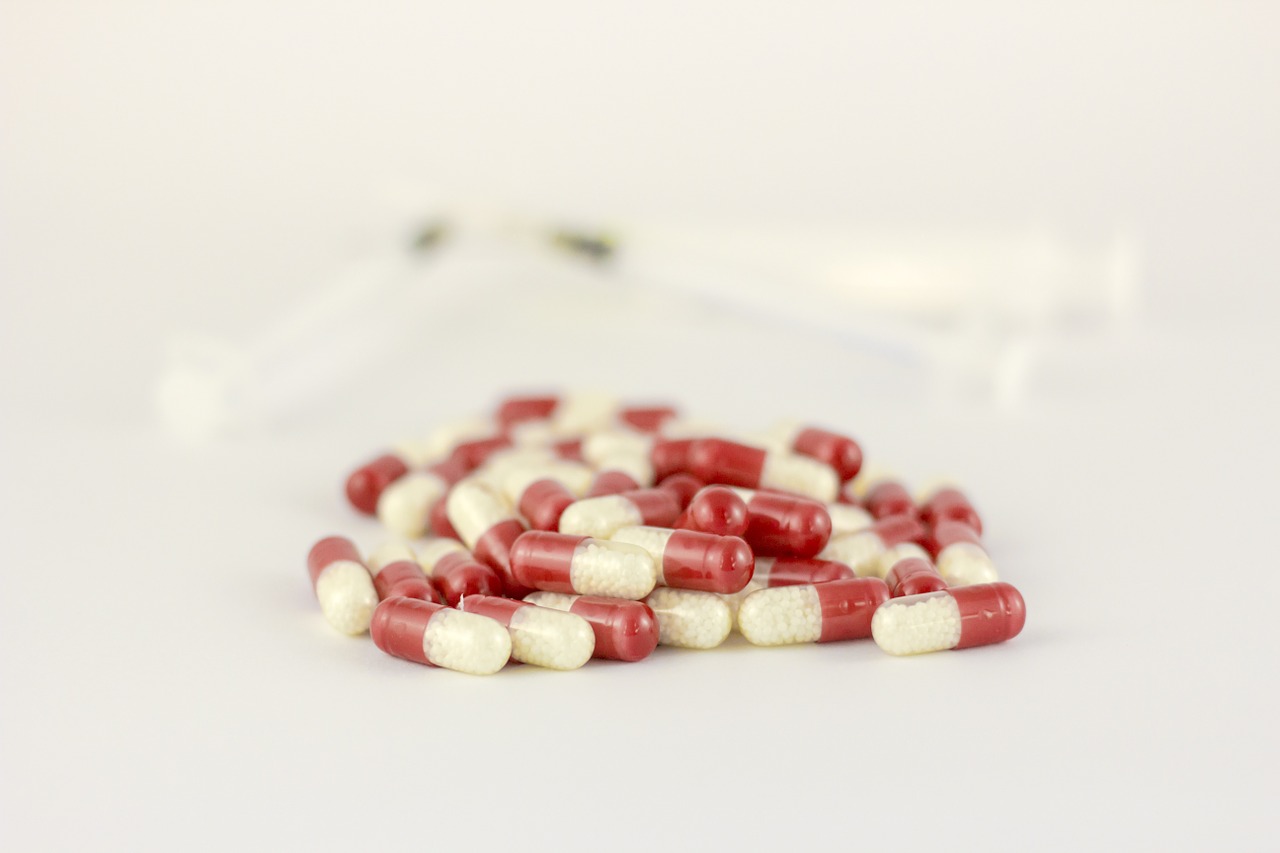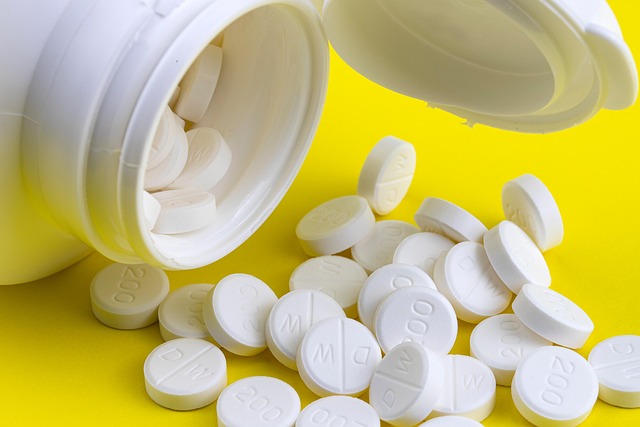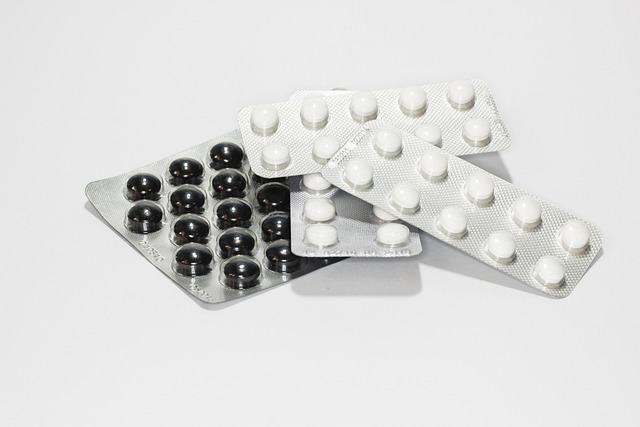Podcast: Play in new window | Download (Duration: 11:51 — 5.4MB) | Embed
Today’s sponsor is Freed AI! Freed’s AI medical scribe listens, transcribes, and writes notes for you. Over 15,000 healthcare professionals use Freed and you should too! Learn more here!
On this episode of the Real Life Pharmacology Podcast, we cover minoxidil pharmacology, adverse effects, drug interactions, and much more.
Minoxidil is a potent arterial vasodilator used in the treatment of hypertension and androgenetic alopecia.
The route of administration greatly impacts the drug’s safety profile. Oral minoxidil is typically reserved for refractory hypertension due to its strong systemic effects and associated risks.
Topical formulations (2% or 5%) are widely used for hair regrowth, offering local benefits with minimal systemic absorption.
Systemic minoxidil can result in fluid retention, tachycardia, and even pericardial effusion, often requiring co-administration with a diuretic and beta-blocker.
Be sure to check out our free Top 200 study guide – a 31 page PDF that is yours for FREE!
Support The Podcast and Check Out These Amazing Resources!
Meded101 Guide to Nursing Pharmacology (Amazon Highly Rated)
Guide to Drug Food Interactions (Amazon Best Seller)










